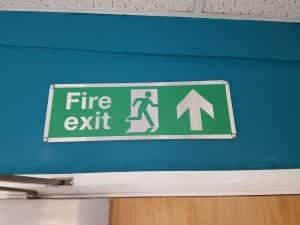Stocksigns has been manufacturing signs for more than fifty years and in that time we have been able to advise our customers on the principles of sign design. Now the range of signage applications, together with the ever growing list of materials and manufacturing techniques available, means there are an infinate number of design factors to take into consideration. Rather than going into design elements in terms of colours and fonts, here are some simple steps that can be taken to help you with sign design and choice.
These steps can be divided into;
- Step 1 Signage function
- Step 2 Sign Check List
- Step 3 Do’s and Don’ts
- Step 4 Legislative requirements
- Step 5 Environmental considerations
Step 1 Signage Functions.
What do you want your sign or signage to do? The types of sign function can be broadly devided into.
- Information
- Directional
- Brand/Corporate Image
- Company Culture/mission statements
- Health & safety
- Motivational
- Advertising
Part of the design of your sign will depend on its intended use and function, but don’t forget a sign can be designed to carry out more than one job. Your directional and wayfinding signs can also carry your logo and be designed using your company colours and fonts, helping to build corporate brand, while carrying out its primary task of guiding staff and visitors. Even health and safety signs can be branded, as long as your company details don’t impede the delivery of the safety message or render the sign non-compliant with safety legislation.
Step 2 Sign Check List
This step is designed as a series of questions to consider while choosing and designing your signs. They provide a framework of elements to consider to make sure you get the sign you both want and need.
Is the sign really necessary? An over use of signs can cause ‘sign blindness’. Try to avoid this by only creating the essential signs, and by making those you do create, work hard and do the job well.
Is it informative/give the right message? Different people interpret different things in different ways. Show your design to others for their opinion and interpretation. Have they read the sign in the way you intended? Adjust your text until you are sure that the message you want is being conveyed clearly.
Is the sign in the optimum position? Approach the proposed sign site from different directions. A site survey can help in this situation. From what distance does the sign need to be visiable from? Are there any obstructions to the view?
Longevity. How long do you need the sign to work for you? Most signage needs to be fixed permanently. Have you selected a material that will cope with the environmental pressures? Is the sign in a public place? Is there a lot of pedestrian traffic? Do you need something with high environmental resistance like vitreous enamel? Alternatively is the sign required for just a short time? If you are designing event signs you will probably want something that is cost effective and easy to put up and take down. Do you need to update the sign frequently? Room functions for example can often change, if so choose a solution that will offer you flexibility.
If you are using a sign system, does it fulfil all the requirements e.g. corporate identity, legisation, function and adaptability?
Step 3 Dos and Dont’s
This step is just some general advice and common sense but serves as a guide.
- Don’t over kill – less is often more (again avoid sign blindness)
- Do get a site survey from a reputable sign company if in any doubt about legislation or requirements.
- Do it properly. No half harted effort i.e. plan the project, mistakes can be costly.
- Do consider your employees and colleagues needs.
- Do think about future developments – how easy will it be to add or update signs
- Don’t use short cuts
- Do try and achieve a uniform structure to the signage scheme – aim for consistancy through-out all your signs
Step 4 Legislative Requirements
Depending on the type or function of your sign there may be legislative obligations your sign needs to fulfil. Symbols used in safety signage are covered by The Health & Safety (Safety Signs and Signals Regulations) 1966 and BS EN ISO 7010. The Disability Discrimination Act (DDA) and the Technical Buletin 24 of the Joint Mobility Unit (now part of the RNIB’s Access Consultancy Services) may need to be consulted when considering access through your building. Some exterior signage may need planning permission particularly if the sign is illuminated or of a large size. While we can’t apply for planning permission on your behalf, we can advise you on whether you are likely to need it.
Step 5 Environmental Considerations
In step 2 we touched very lightly on some environmental considerations. The most obvious of which are is the sign to be located indoors or outdoors? what’s more does the sign have to be visible at night time? does ilumination have to be a consideration? Vitreous Enamel signs can tolerate a number of different environmental factors, resulting in long-lasting, vibrant, non-fade quality signs regardless of weather conditions or busyness of location, making them ideal for wayfinding signage and street maps.
We hope that this simple guide will give you some ideas when choosing the type and style of the sign you require guide will help you when chosing the type and style of sign you require. For more help or information please contact our Sales Team on 01737 77 40 72 or sales@stocksigns.co.uk and we would be delighted to help you find the right sign design for you.
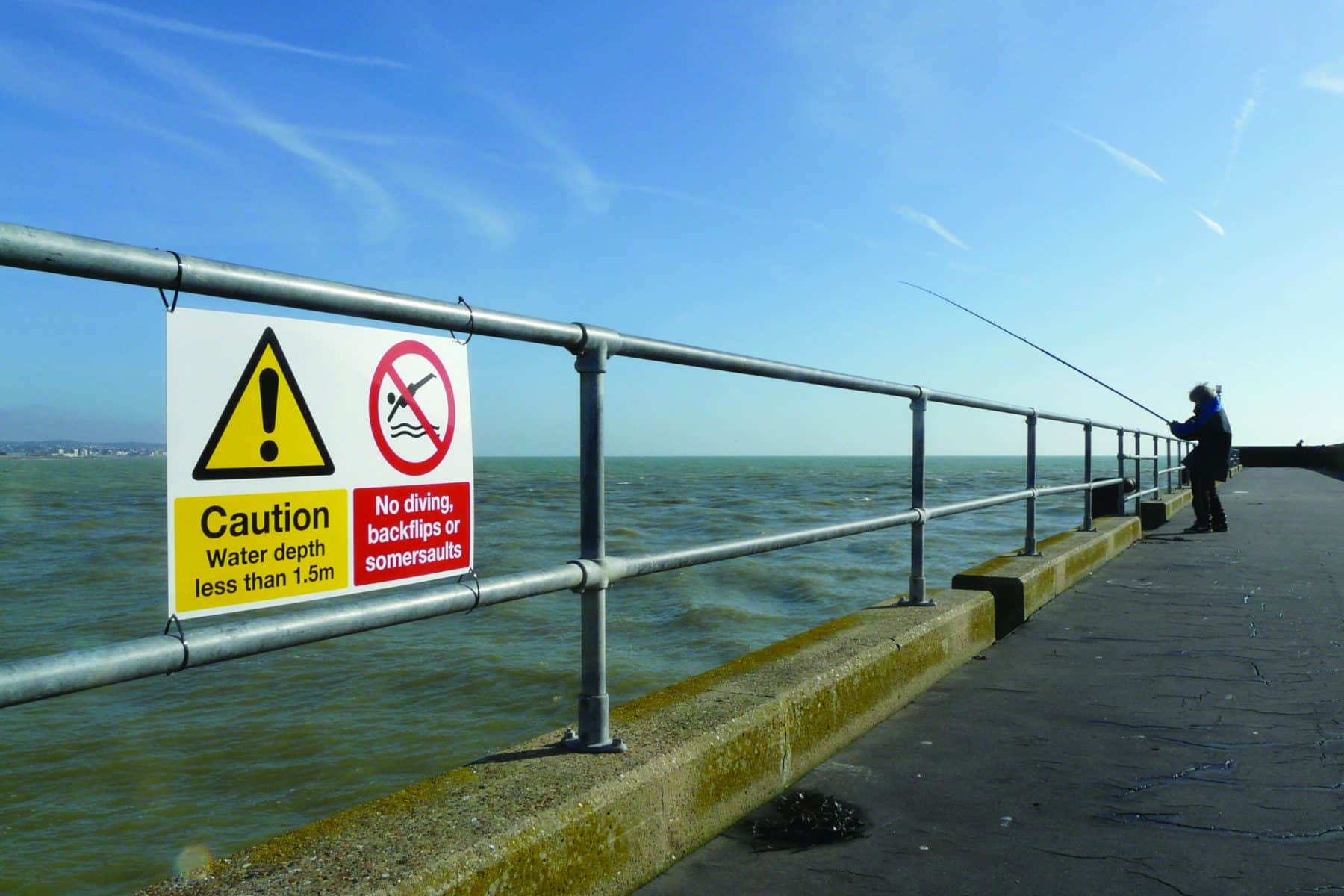
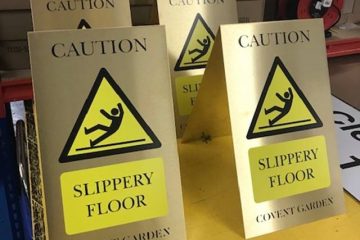
 David Harbison, Stocksigns Senior Project Development Manager worked with Sara Marchant, Accessibility Manager at Gatwick Airport to arrange the event.
David Harbison, Stocksigns Senior Project Development Manager worked with Sara Marchant, Accessibility Manager at Gatwick Airport to arrange the event.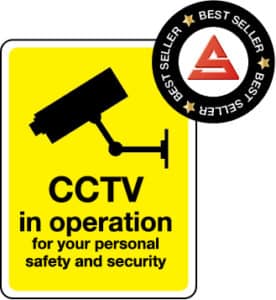
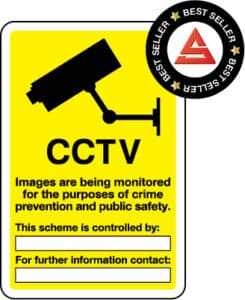

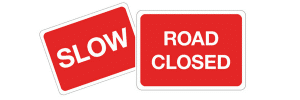
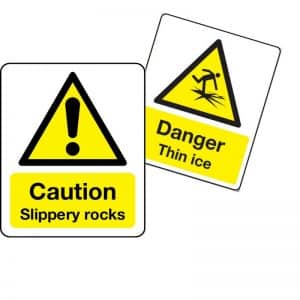
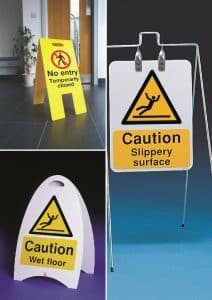 areas with the following free standing frames:
areas with the following free standing frames:
